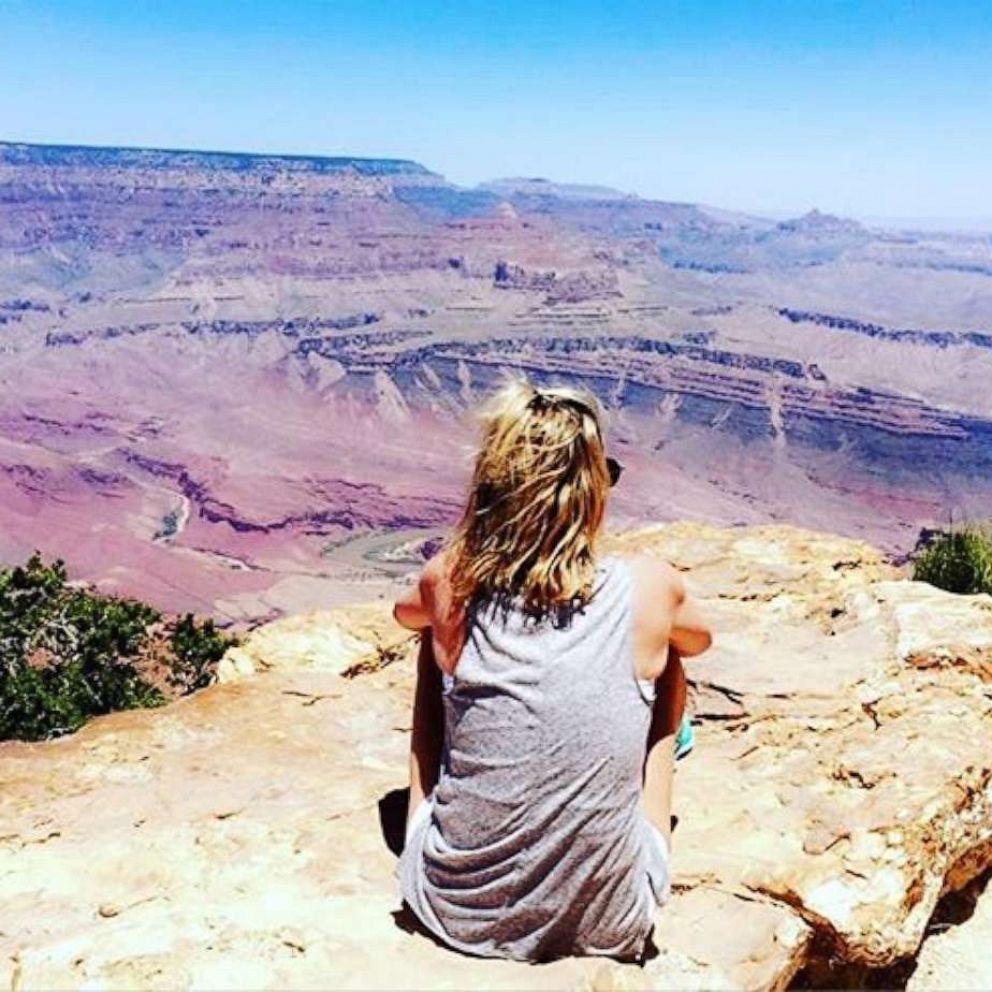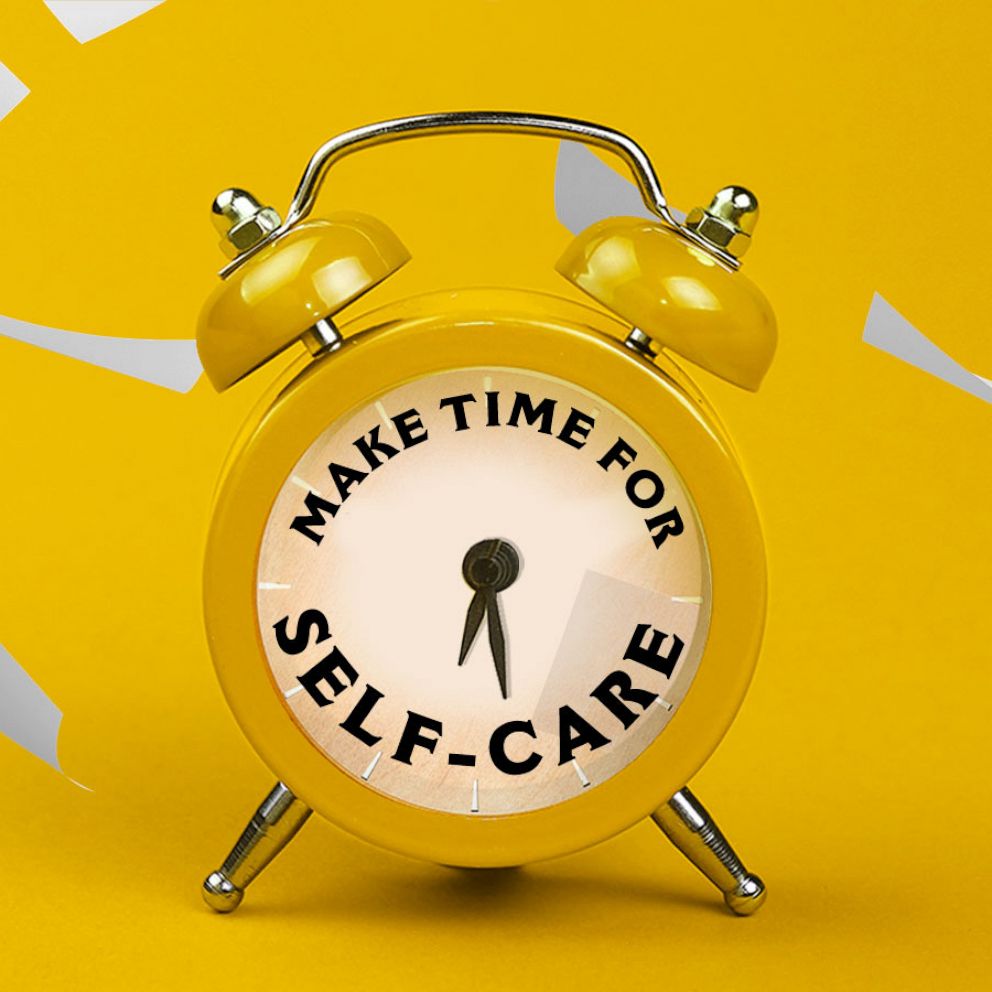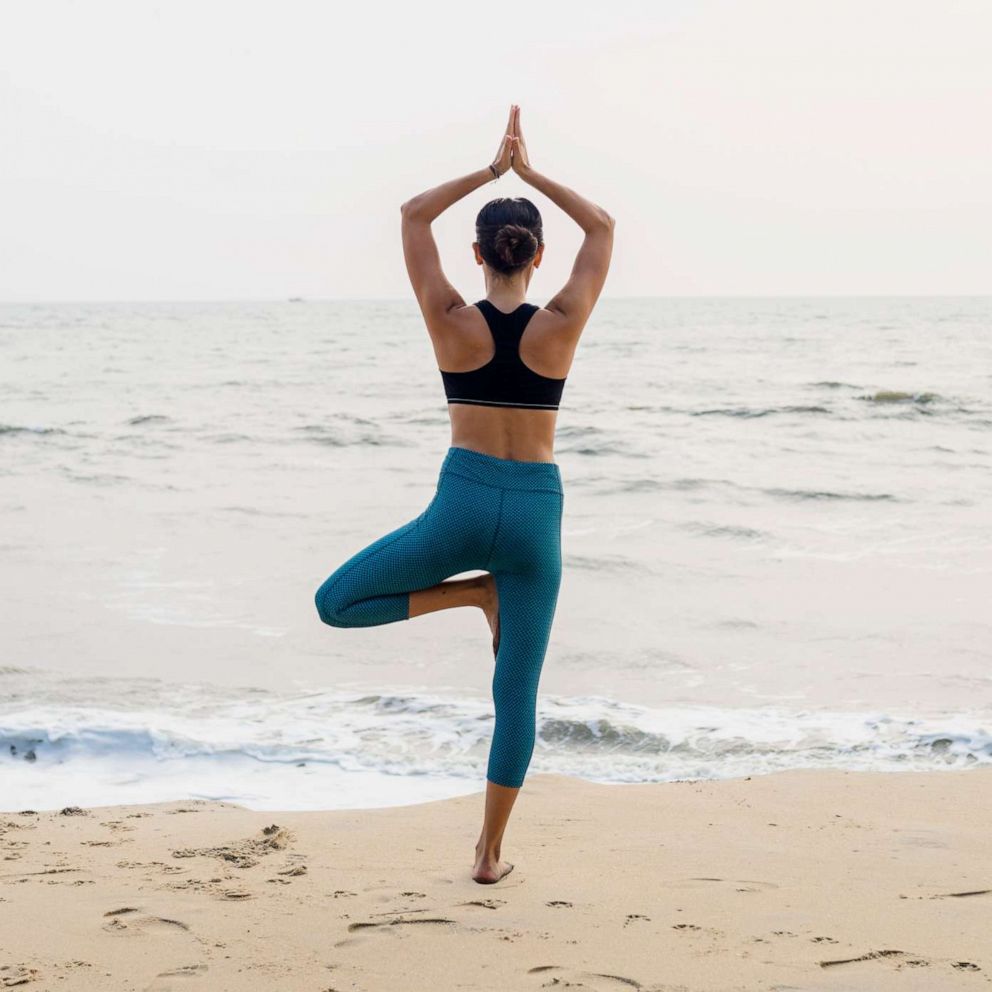Try this self-care challenge: Meditate every day in March
Make self-care a priority! Join "GMA" and Dr. Jennifer Ashton with a new self-care challenge every month.
Dr. Jennifer Ashton, ABC News chief medical correspondent and a board-certified OB-GYN, is focusing on meditation and mindfulness in March.
The challenge to meditate daily is the challenge of the month in Ashton's new book, "The Self-Care Solution," which features a different self-care challenge for every month of the year.
"The meditation challenge is for anyone," said Ashton, who started meditating around five years ago. "It's for people who already practice some type of mindfulness or for the complete mindfulness virgins."
Here's how to get started
The March meditation challenge is to find time for some degree of mindfulness or meditation on a daily basis through March 31.
The type of mindfulness practice you do each day is up to you. Some meditations involve breath work while others involve a mantra and others are just about sitting still, according to Ashton.
Ashton personally practices a type of mindfulness called transcendental meditation, or TM, which is typically taught by an instructor and involves a silent mantra meditation.
"It sounded right to me because there was actually a method," she said. "I took four days of short classes or lessons, learned the technique and then I was off to the races."
How to find time to meditate
Ashton's tip is to not look for time in your schedule to meditate, but to make the time.
"What that looks like in my typical day is waking up 30 minutes earlier than I normally would," said Ashton, explaining she spends about 10 minutes waking up and then turns to her 20-minute meditation practice. "I sit down, usually in my bed. I put a meditation timer on that has some background white noise. I put my phone on do not disturb and I am guaranteed 20 minutes of uninterrupted meditation time."
Ashton recommends putting meditation on your to-do list, just like you would a workout or an important job-related task. She also suggests starting your day with meditation so you can both get it done and enjoy the benefits all day long.
Keep in mind also that meditation can be done in blocks of time as short as one minute. It can also be done any time of day and in any quiet and comfortable location.
Tips for meditating
1. Try to get into a quiet area. "It's not always possible but you can meditate anywhere. On a plane. On a train. In a car, as long as you're not driving," said Ashton.
2. Get in a comfortable situation. "Not in a hard chair. If you want to put a light throw blanket across your legs or around your shoulders, that might be nice as well," said Ashton. "Some people really like to elaborate on their environment, light a candle, a scented candle, dim the lights. All of that is fantastic."
3. Silence your phone. "The key is putting your phone or device on DND, do not disturb, or airplane mode," she said.
4. Set a timer. "I use a free meditation timer. There are zillions of them that you can put on. Some have sound in the background. Usually it starts with a bell or a gong or a chime and ends with that, and you can set it for as little or as long as you'd like," said Ashton.
Why meditation is a game-changer
"There is no risk to meditation, other than spending five, 10 or 20 minutes of your day sitting quietly," said Ashton. "The benefits are significant."
Meditation has been shown in peer-reviewed studies to have the ability to lower blood pressure, lower heart rate, lower the stress hormone cortisol and increase areas of brain connectivity, according to Ashton.
"In my practice, when I see women with any kind of issue, whether it's a physical issue or a psychological issue, whether it's just dealing with stress, whether it's wanting to be more integrated into mind body wellness, I will recommend meditation no differently than as if I would write a prescription for a medication," said Ashton. "That's how powerful it is."
Ashton said it's important to think of meditation as more than just an exercise for your mind, but a practice that has an effect on your whole body.
"I think what's really important is finally we're connecting above the neck to below the neck and understanding that something that we do for our mind, or in our mind, has a powerful ability and connection to affect things below the neck," she said.







